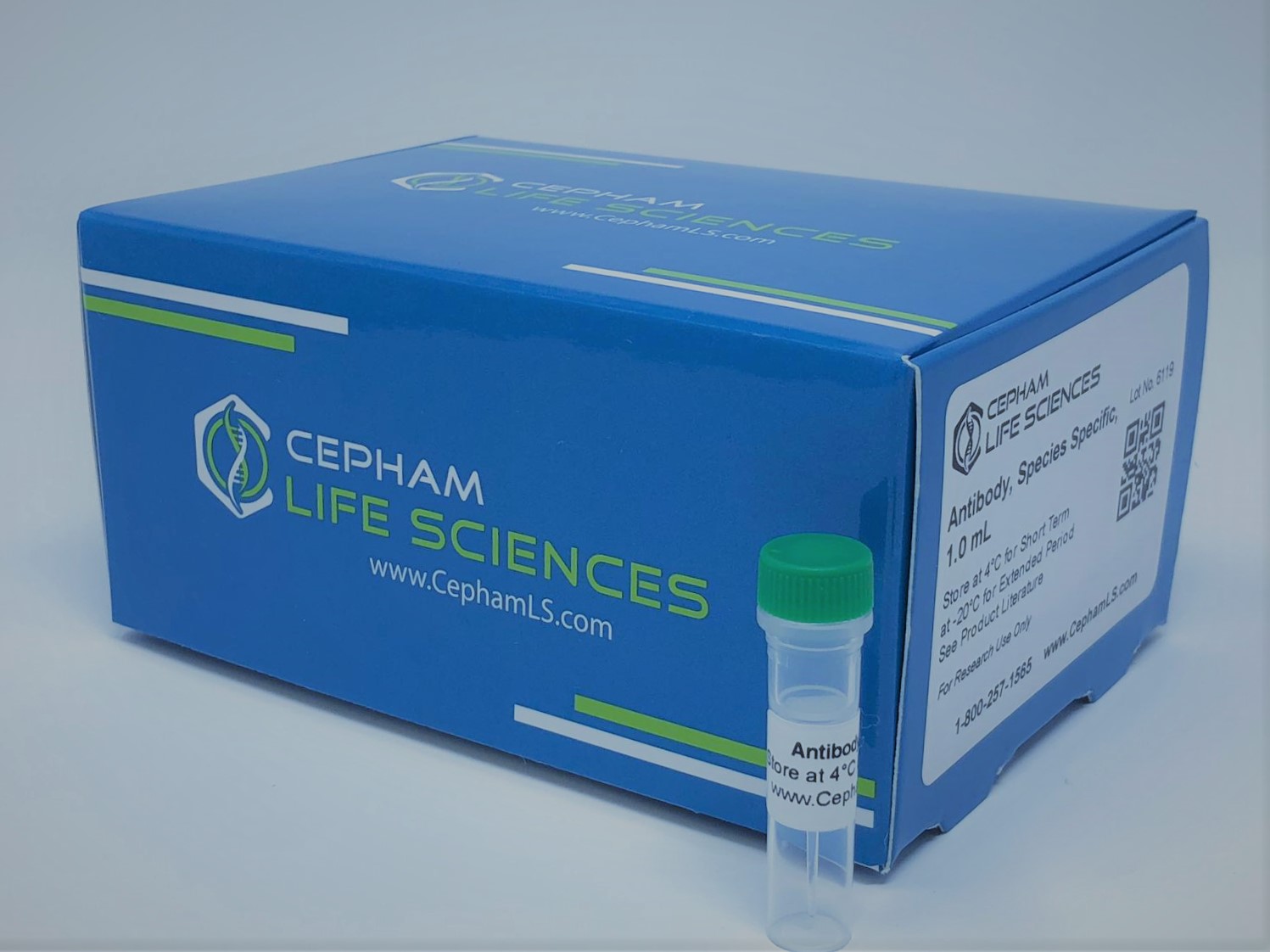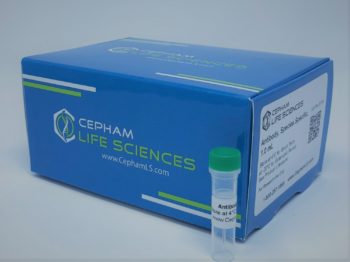Description
Aliases
CTNNB1; CATNB; CTNB1; CTNNB;
Antibody Type
Polyclonal Antibody
Uniprot ID
NCBI Protein: NP_001091679.1
Immunogen
Peptide sequence around phosphorylation site of tyrosine 333 (Y-T-Y(p)-E-K) derived from Human β-catenin
Raised In
Rabbit
Species Reactivity
Human
Tested Applications
WB IHC Recommended dilution: Predicted MW: 92kd, Western blotting: 1:500~1:1000
Background / Function
Key downstream component of the canonical Wnt signaling pathway. In the absence of Wnt, forms a complex with AXIN1, AXIN2, APC, CSNK1A1 and GSK3B that promotes phosphorylation on N-terminal Ser and Thr residues and ubiquitination of CTNNB1 via BTRC and its subsequent degradation by the proteasome. In the presence of Wnt ligand, CTNNB1 is not ubiquitinated and accumulates in the nucleus, where it acts as a coactivator for transcription factors of the TCF/LEF family, leading to activate Wnt responsive genes. Involved in the regulation of cell adhesion. Acts as a negative regulator of centrosome cohesion. Involved in the CDK2/PTPN6/CTNNB1/CEACAM1 pathway of insulin internalization. Blocks anoikis of malignant kidney and intestinal epithelial cells and promotes their anchorage-independent growth by down-regulating DAPK2. Disrupts PML function and PML-NB formation by inhibiting RANBP2-mediated sumoylation of PML.Lillehoj E.P., Lu W., Kiser T., Goldblum S.E., Kim K.C.Biochim. Biophys. Acta 1773:1028-1038(2007)Weiske J., Albring K.F., Huber O.Proc. Natl. Acad. Sci. U.S.A. 104:20344-20349(2007)Bahmanyar S., Kaplan D.D., Deluca J.G., Giddings T.H. Jr., O’Toole E.T., Winey M., Salmon E.D., Casey P.J., Nelson W.J., Barth A.I.Genes Dev. 22:91-105(2008)
Conjugate
Unconjugated
Storage Buffer
Supplied at 1.0mg/mL in phosphate buffered saline (without Mg2+ and Ca2+), pH 7.4, 150mM NaCl, 0.02% sodium azide and 50% glycerol.
Form
liquid
Storage
Shipped at 4°C. Upon delivery aliquot and store at -20°C or -80°C. Avoid repeated freeze.
Purity
Antibodies were produced by immunizing rabbits with synthetic phosphopeptide and KLH conjugates. Antibodies were purified by affinity-chromatography using epitope-specific phosphopeptide. Non-phospho specific antibodies were removed by chromatogramphy using non-phosphopeptide.
Modification
Phospho-Tyr333
Additional information
| Size | 100?l |
|---|


